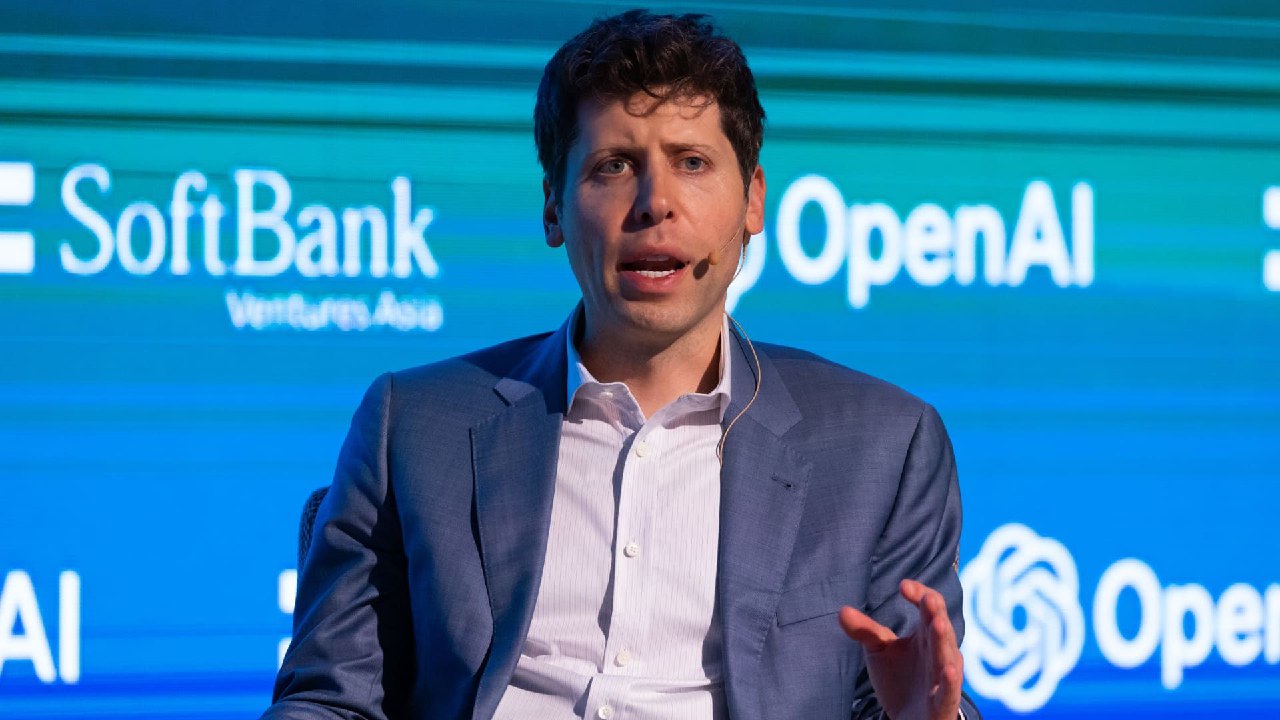OpenAI is charting a course few companies could even imagine. Over the next decade, the company is projected to spend approximately $450 billion on server rentals and backup infrastructure, a sum that dwarfs its current revenues and rivals some national tech budgets.
The plan includes $350 billion for primary server capacity and an additional $100 billion for backup systems. Executives suggest that these backups could one day be monetized, supporting more advanced AI applications and research.
This is not just about infrastructure. It’s a statement: AI is now a core utility, and the companies controlling the compute behind it are making bets on the very future of technology. Yet, the scale of this expenditure raises immediate questions about feasibility, revenue projections, and the operational realities of such a massive undertaking.
Financial Architecture — Costs, Revenue, and the Math
OpenAI’s projected cash burn through 2029 is eye-popping. Annual expenditures are expected to climb from $17 billion in 2026 to $45 billion in 2028, driven largely by AI compute costs and infrastructure expansion. To put this in context, covering server costs alone while maintaining healthy margins would require revenue that far outstrips OpenAI’s current earnings. Some analysts have noted that even optimistic projections demand earnings in excess of $1 trillion over the next decade—an unprecedented scale in the AI sector.
Projected Cash Burn ($B)
The company is also experimenting with ways to offset this massive burn. Revenue-sharing agreements with commercial partners, including Microsoft, are being recalibrated. The share going to partners is reportedly dropping from 20 percent to 8 percent, potentially freeing tens of billions for reinvestment. This change is both a financial necessity and a strategic lever, reflecting how tightly OpenAI’s growth is linked to the broader ecosystem of enterprise partners and cloud providers.
Infrastructure Ambitions — Servers, Chips, and Data Centers
At the heart of OpenAI’s plan is a mix of rented and proprietary compute. The company is developing its own AI chips in collaboration with Broadcom, while simultaneously expanding data center capacity through partnerships with Oracle and Google Cloud. A highlight is the 4.5-gigawatt “Stargate” initiative with Oracle and SoftBank, which alone represents hundreds of billions in projected investment.
The logic is clear: to scale AI applications like ChatGPT, compute is king. Previous spikes in usage, such as the surge in demand when new features were released, revealed that AI models can outstrip capacity in hours, not months. But deploying hundreds of thousands of GPUs across multiple providers is a logistical feat unprecedented in scale. Each server is a line in a financial ledger and a node in a technological network that must function seamlessly to deliver the AI experience users expect.
Year
Description
Yet, questions remain. Will backup servers truly generate revenue, or are they an optimistic bet on continued exponential growth in AI demand? How resilient is OpenAI to supply chain shocks or delays in GPU production? These are uncertainties baked into every dollar of the projected $450 billion.
Strategic Moves — Restructuring and Revenue Models
OpenAI’s growth strategy is intertwined with structural shifts. Discussions about moving to a for-profit model suggest a desire for more financial flexibility, though they also raise questions about governance and the alignment of profit motives with OpenAI’s original public-benefit mission.
The reduction in revenue-sharing obligations is another signal of strategic financial maneuvering. By retaining a larger portion of revenue, OpenAI can reinvest in infrastructure, research, and talent acquisition, while still depending heavily on key partners to provide the cloud backbone. These moves underline the tension between scaling rapidly and ensuring the economic sustainability of AI development.
Talent, Competition, and Market Dynamics
Beyond machines and servers, OpenAI’s human capital is a critical lever. The hiring of Mike Liberatore, former CFO at xAI, to oversee business finance, infrastructure scaling, and operational strategy reflects the sophistication required to manage such a vast network of compute resources.
Meanwhile, cloud providers such as Microsoft, Oracle, and Google Cloud serve dual roles as partners and competitors. OpenAI depends on them for the backbone of its infrastructure, yet they are also positioning themselves as independent leaders in AI compute. This creates a delicate balance: OpenAI must extract maximum value from partnerships without becoming hostage to the providers that are also building competing solutions.
The broader market context adds another layer of complexity. Competing AI startups, regional regulations, and fluctuations in global compute demand mean that projections of exponential growth may not materialize as smoothly as financial models suggest.
Risks and Market Realities
The scale of OpenAI’s investment is breathtaking, but it comes with significant risks. Infrastructure costs could outpace revenue if AI adoption slows or competitors capture market share. Operational complexity—deploying hundreds of thousands of GPUs across multiple continents—introduces risks of downtime, inefficiency, or integration delays. Macro-level factors such as energy costs, geopolitical tensions, or regulation could disrupt even the most carefully planned expansions.
Moreover, the assumption that backup servers can be monetized is largely untested at this scale. While optimism fuels projections, there is a tangible risk that these systems will remain cost centers rather than revenue generators.
Yet, these challenges are inseparable from the potential upside. If OpenAI’s strategy succeeds, it will control a compute ecosystem at a scale unmatched in history, positioning it as a gatekeeper for the next generation of AI applications across industries.
Vision Meets Risk
OpenAI’s $450 billion bet is a high-stakes experiment at the intersection of finance, technology, and ambition. The company is not merely building AI—it is building the infrastructure of a future in which AI is central to commerce, communication, and creativity. The gamble is enormous: the rewards could be transformative, but the risks are equally unprecedented.
In the coming decade, OpenAI’s choices—about partnerships, compute, revenue models, and organizational structure—will define not only its trajectory but also the competitive landscape of artificial intelligence globally. It is a story of ambition on a colossal scale, where every chip, server, and dollar counts, and the margin for error is vanishingly small.
Go to TECHTRENDSKE.co.ke for more tech and business news from the African continent.
Mark your calendars! The TechTrends Pulse is back in Nairobi this October. Join innovators, business leaders, policymakers & tech partners for a half-day forum as we explore how AI is transforming industries, driving digital inclusion, and shaping the future of work in Kenya. Limited slots – Register now – here.
Follow us on WhatsApp, Telegram, Twitter, and Facebook, or subscribe to our weekly newsletter to ensure you don’t miss out on any future updates. Send tips to editorial@techtrendsmedia.co.ke
TechTrends Media Podcasts


